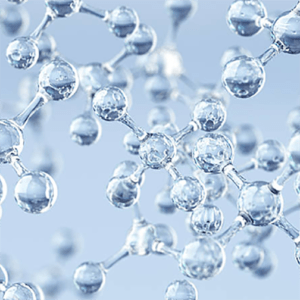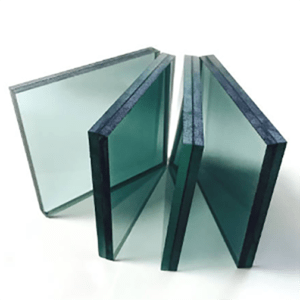 While glass remains one of the most highly studied, inexpensive, and versatile of building products, the reality is it is one of the most puzzling to scientific minds.
While glass remains one of the most highly studied, inexpensive, and versatile of building products, the reality is it is one of the most puzzling to scientific minds. In fact, not a moment of day goes by that we don’t have some level of contact with architectural glass, whether it be a door, window, enclosure, storefront or curtain wall, and yet we remain totally obvious that it’s a material with a hidden secret.
Why? Because it is not a true solid, like a metal for example.
Simply stated, when molten sand (sand, calcium carbonate and sodium carbonate) cools, and is formed into architectural glass, it never quite becomes a true solid. Yes, it has crystalline order like a solid, but its irregular, limited and intertwined with random molecules, as in a liquid.
Interesting?
 There is a theory in the design of banks and financial institutions that with solidity there is safety. That the more impregnable a building appears, the more solid the building materials used, and the greater presence of brick and stone, the safer are its assets, occupants, and visitors. Afterall, who in his right mind would challenge a fortress, and what criminal would even begin to contemplate the impossible.
However, in a series of studies in which incarcerated bank robbers were asked as why and how they selected their targets, there was one fact that came up again and again as if a green flag had been waved. The limited use or near absence of exterior and interior Glass! Surprised? Well so were many architects, interior designers, and industry experts, but not single perpetrator of this Federal crime. As they explained, it
There is a theory in the design of banks and financial institutions that with solidity there is safety. That the more impregnable a building appears, the more solid the building materials used, and the greater presence of brick and stone, the safer are its assets, occupants, and visitors. Afterall, who in his right mind would challenge a fortress, and what criminal would even begin to contemplate the impossible.
However, in a series of studies in which incarcerated bank robbers were asked as why and how they selected their targets, there was one fact that came up again and again as if a green flag had been waved. The limited use or near absence of exterior and interior Glass! Surprised? Well so were many architects, interior designers, and industry experts, but not single perpetrator of this Federal crime. As they explained, it 
 So what makes Smart Designs laminated glass different than other types of safety glass? Let's take a quick look at the some facts.
So what makes Smart Designs laminated glass different than other types of safety glass? Let's take a quick look at the some facts. While glass remains one of the most highly studied, inexpensive, and versatile of building products, the reality is it is one of the most puzzling to scientific minds.
While glass remains one of the most highly studied, inexpensive, and versatile of building products, the reality is it is one of the most puzzling to scientific minds.